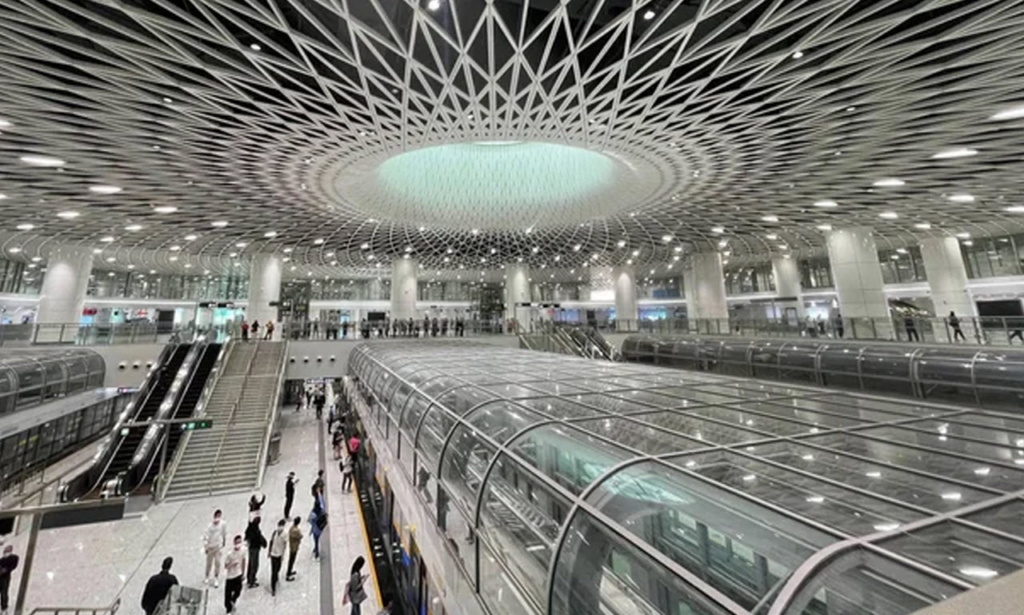When it comes to architecture, creativity often garners attention. However, architects behind the design of a new train station in North Nanjing, China, experienced a sobering reality – sometimes, less is more.

The station’s design, featuring four lobes to resemble a plum blossom, ignited a wave of ridicule and amusement once it was unveiled online. Criticism emerged rapidly, as plum blossoms traditionally have five petals, contrasting with the station’s portrayal.

In addition to the design misstep, the station’s hefty price tag of $2.7 billion invited further scrutiny. The station quickly became the center of countless mocking comments on Chinese social media platforms, accumulating millions of unfavorable views.
To the average eye, the station’s structure bears an unfortunate resemblance to a well-known everyday object: a sanitary napkin. The widespread comparison invited unrelenting opinions, with one commenter even questioning how the architect failed to recognize the similarity.
Once completed, the station will serve as the largest transportation hub in the city, catering to its 8.5 million residents and an estimated 36.5 million visitors annually. However, despite its immense scale and functionality, social media users continue to poke holes and make light of the design, consistently highlighting its resemblance to a gigantic sanitary pad.

It seems that even with such grand endeavors, pleasing everyone proves an insurmountable challenge. In this case, the design has unintentionally become a source of amusement for the online community, leaving the architects with valuable lessons about the importance of considering all perspectives.





